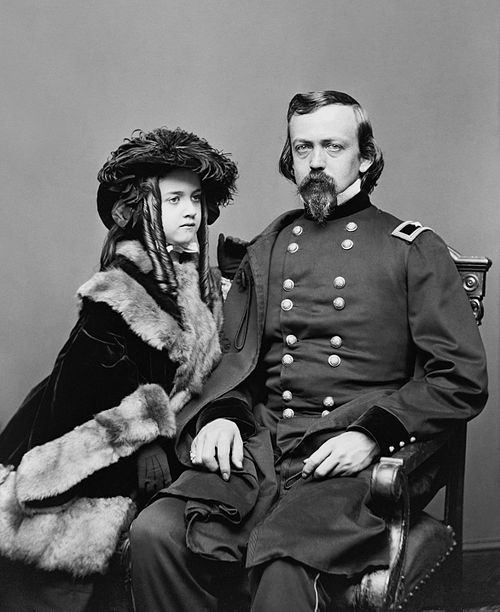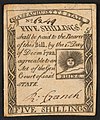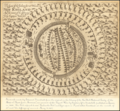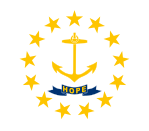Portal:New England
The New England Portal New England is a region comprising six states in the Northeastern United States: Connecticut, Maine, Massachusetts, New Hampshire, Rhode Island, and Vermont. It is bordered by the state of New York to the west and by the Canadian provinces of New Brunswick to the northeast and Quebec to the north. The Gulf of Maine and Atlantic Ocean are to the east and southeast, and Long Island Sound is to the southwest. Boston is New England's largest city and the capital of Massachusetts. Greater Boston is the largest metropolitan area, with nearly a third of New England's population; this area includes Worcester, Massachusetts, the second-largest city in New England, Manchester, New Hampshire, the largest city in New Hampshire, and Providence, Rhode Island, the capital of and largest city in Rhode Island. In 1620, the Pilgrims established Plymouth Colony, the second successful settlement in British America after the Jamestown Settlement in Virginia, founded in 1607. Ten years later, Puritans established Massachusetts Bay Colony north of Plymouth Colony. Over the next 126 years, people in the region fought in four French and Indian Wars until the English colonists and their Iroquois allies defeated the French and their Algonquian allies. (Full article...) Selected article
Dartmouth College is a private, coeducational university located in Hanover, New Hampshire. It is a member of the Ivy League and one of the nine Colonial Colleges founded before the American Revolution. In addition to its undergraduate liberal arts program, Dartmouth has medical, engineering, and business schools, as well as 19 graduate programs in the arts and sciences. With a total enrollment of 5,849, Dartmouth is the smallest school in the Ivy League. Established in 1769 by Congregational minister Eleazar Wheelock with funds largely raised by the efforts of Native American preacher Samson Occom, the College's initial mission was to acculturate and Christianize the Native Americans in the area. After a long period of financial and political struggles, Dartmouth emerged from relative obscurity in the early twentieth century. In 2004, Booz Allen Hamilton selected Dartmouth College as one of the "World's Ten Most Enduring Institutions", recognizing its ability to overcome crises that threatened its survival (most notably in Trustees of Dartmouth College v. Woodward). Dartmouth alumni, from Daniel Webster to the many donors in the nineteenth and twentieth centuries, are famously involved in their college. (Full article...)
Selected biography
James Gillespie Blaine was an American Republican politician who served as United States Representative, Speaker of the United States House of Representatives, U.S. Senator from Maine, and twice as Secretary of State. He was nominated for President in 1884, but was narrowly defeated by Democrat Grover Cleveland. Blaine was one of the late 19th century's leading Republicans and champion of the moderate reformist faction of the party known as the "Half-Breeds".
Blaine was born in western Pennsylvania and moved to Maine where he became a newspaper editor. Nicknamed "the Magnetic Man," he was a charismatic speaker in an era that prized oratory. He began his political career as an early supporter of Abraham Lincoln and the Union war effort in the American Civil War. In Reconstruction, Blaine was a supporter of black suffrage, but opposed some of the more coercive measures of the Radical Republicans. Initially a protectionist, he later worked for a reduction in the tariff and an expansion of American trade with foreign countries. Railroad promotion and construction were important issues in his time, and as a result of his interest and support Blaine was widely suspected of corruption in the awarding of railroad charters; these allegations plagued his 1884 presidential candidacy. (Full article...) Selected pictureMassachusetts native and Civil War General Charles Pomeroy Stone
General images -The following are images from various New England-related articles on Wikipedia.
Did you know (auto-generated)
Related portalsMore did you know...
Selected State
Rhode Island
Incorporated 1776 Co-ordinates 41.7°N 71.5°W Rhode Island, officially the State of Rhode Island and Providence Plantations, is the smallest in area, the 8th least populous, but the 2nd most densely populated of the 50 U.S. states. Rhode Island was the first of the original Thirteen Colonies to declare independence from British rule, declaring itself independent on May 4, 1776, two months before any other colony. The State was also the last of the thirteen original colonies to ratify the United States Constitution. Rhode Island's official nickname is "The Ocean State," a reference to the State's geography, since Rhode Island has several large bays and inlets that amount to about fourteen (14) percent of its total area. Its land area is 1,045 square miles (2706 km2), but its total area is significantly larger. (Full article...) WikiProjectsAssociated WikimediaThe following Wikimedia Foundation sister projects provide more on this subject:
Discover Wikipedia using portals |

















































































